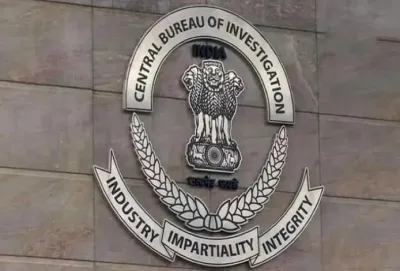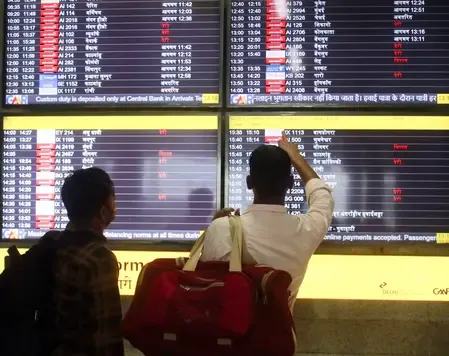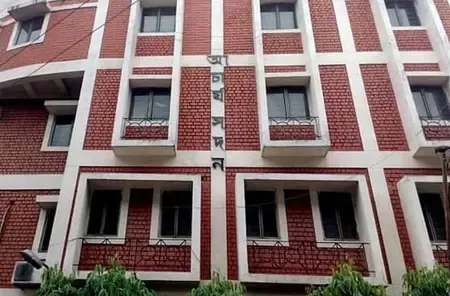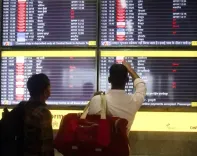What New Initiatives are Launched for Nagaland’s Education?

Synopsis
Key Takeaways
- 23 hostels established under DAJGUA scheme.
- 10 PM SHRI Government Middle Schools launched in Nagaland.
- Focus on tribal welfare and education enhancement.
- Part of the National Education Policy (NEP) 2020 implementation.
- Expected benefits for over 5 crore tribal individuals.
Kohima, July 29 (NationPress) On Tuesday, Union Education Minister Dharmendra Pradhan virtually inaugurated the foundation for 23 hostels as part of the Dharti Aaba Janjatiya Gram Utkarsh Abhiyan (DAJGUA) initiative and unveiled 10 PM SHRI Government Middle Schools in Nagaland, as confirmed by officials.
A representative from the Nagaland government stated that the foundation stone for the hostels and the launch of the PM SHRI schools occurred during a ceremony at Bharat Mandapam in New Delhi, with notable attendees including Sukanta Majumdar and Jayant Singh, both Ministers of State for Education.
The event was broadcast live, with participation from students, educators, district officials, MLAs, community members, and parents from throughout Nagaland.
As per the official statement, the Union government marked the Akhil Bharatiya Shiksha Samagam to commemorate the 5th anniversary of the National Education Policy (NEP) 2020. This occasion featured the formal dedication of PM SHRI schools and the laying of foundation stones for hostels under the DAJGUA, symbolizing a significant advancement in both education and tribal welfare.
Out of 49 government schools in Nagaland, the 10 PM SHRI schools were chosen to represent each district as model institutions adhering to NEP 2020 standards. These schools are part of a broader initiative comprising 14,500 PM SHRI schools nationwide, designed to function as centers of excellence, featuring improved infrastructure and curricula that emphasize accessibility, quality, equity, and inclusion.
In line with India’s Azadi Ka Amrit Mahotsav, the DAJGUA was nationally launched on October 2, 2024, focusing on the comprehensive upliftment of tribal communities through well-coordinated service delivery in education, infrastructure, healthcare, and livelihoods.
The DAJGUA is expected to benefit over 5 crore tribal individuals across 63,843 villages in 30 states, through 25 targeted interventions executed by 17 central ministries. Under this educational initiative, there are plans for 1,000 new hostels to be established nationwide, as part of the Samagra Shiksha framework under the Ministry of Education.









